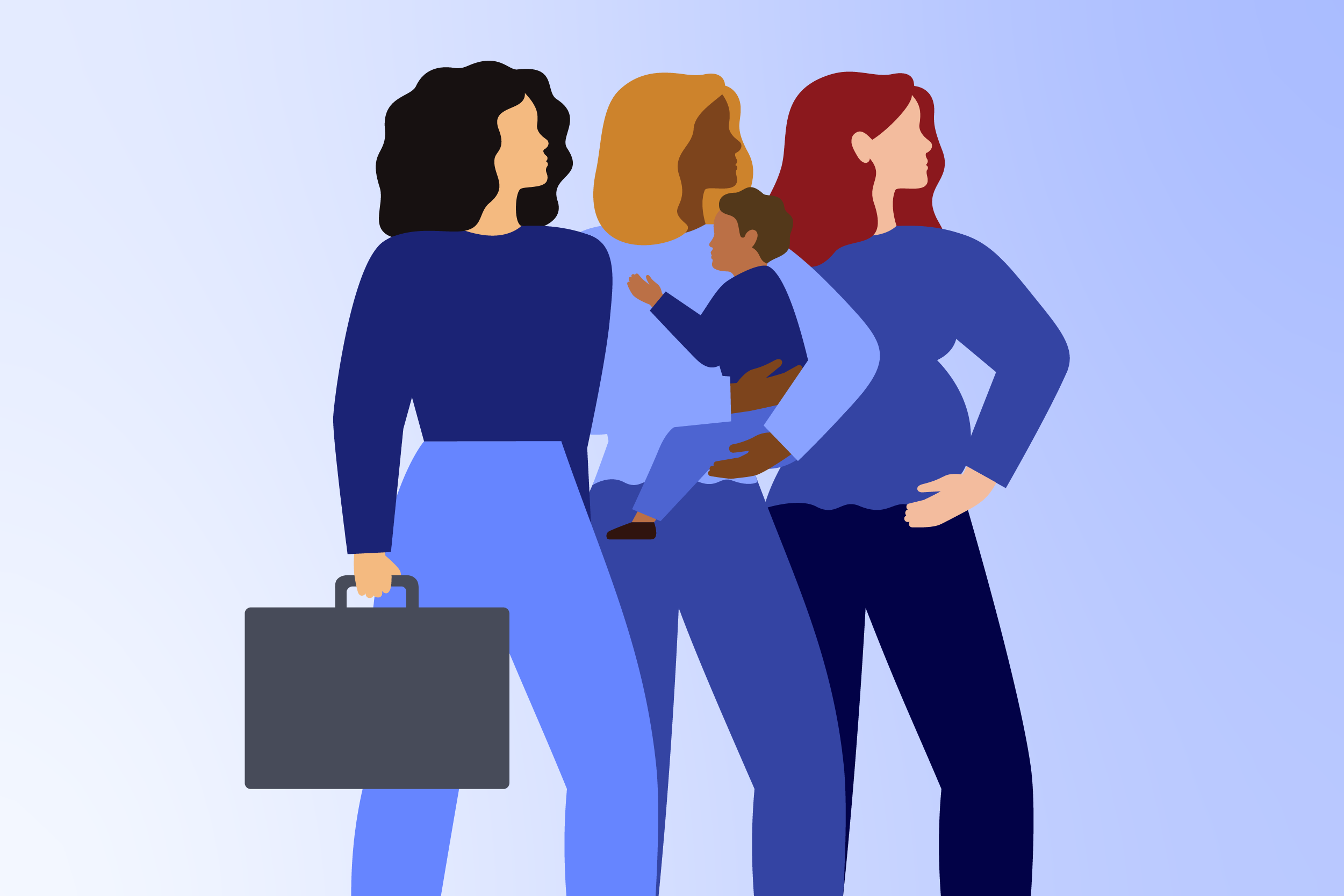This is a guest post by SOUR, an international architecture and design studio with a mission to address social and urban issues.
COVID-19 has initiated a surge of remote work, remote education, even remote social gatherings brought to you (mainly) by the fine folks at Zoom. The percentage of people working from home five days a week grew from 17% before the pandemic to 44% during it. And once this pivotal episode of world history is in the rear-view mirror, some estimate that 25-30% of the workforce will keep working from home multiple days a week well into 2022.
With statistics like these, it’s pretty clear that we’ve got to come up with some creative solutions to ensure that working moms have the support they need to succeed in the space they occupy. That spatial context - our homes - need to participate in the solution, supporting moms with balancing home, office, and school work all under one roof. So the question is how might we support moms through design interventions, while creating opportunities for the families to communicate, collaborate and bond?
A real life study
The work starts from the bottom-up. Having a generative design approach is a good way to gain actionable insights in the day-today interactions and routines of families, and come up with design decisions that are inclusive, flexible and sustainable.
At SOUR, an international architecture and design studio with the mission of addressing social and urban problems, we teamed up with HeyMama to start a participatory design process. In addition to desk research, we have utilized various ethnographic research tools including surveys, interviews and diary studies including a diverse group of moms who work from home.
The week-long diary study was performed in collaboration with Openbox, which incorporated activities and questionnaires inclusive of both moms and children participation. We asked participants to respond to our prompts with a range of media - from photographs, maps and drawings to audio and video recordings. The study’s time-frame and the medium of communication allows participants to respond in the moment, or more crucially, in the moments
that worked best for their schedules. This study allowed us to observe behaviors and actions as close to their natural context as possible—and gave us a deeper understanding of the challenges they face.
To present an accessible synopsis of this study and share the insights with both moms and children, we have created a comic that you can view here.
Remote as the new normal
With signs of “remote” or “partial remote” life becoming the new norm even post-pandemic moms continue to search for a way out of the mess of sleepless nights and avalanches of “home” work, while also trying to reduce the mom guilt and increase the time for self-care.
Ghosted by the powers that be and betrayed by the forces of social media standards, moms have to learn to tune out the noise and tune into our mom vibes more often, to let go of external pressures and expectations. And while we will need support in getting there, we will most certainly create that magic. Together with the children, we can unlock the power of collaboration to co-create workable solutions for life at home that become the stepping stones to creating a new normal.
Whether it’s the fact that boundaries matter, or how to balance the offline and online, or whether to contemplate setting up an open or closed floor plan depending on the needs of your children, or how to manage snack time and playtime — these all touch on the idea that we mustn’t forget to embrace kids as creators, and realize that both moms and children should be given agency to feel that they are making active decisions about how their day-to-day schedules are structured and carried out.
By understanding this, we’ll be far better equipped to tackle the ever-evolving complexities and juggling acts that work-from-home moms face every day, and ensure that as the nature of work continues to shift post-pandemic, that both the parents and children have the tools necessary to thrive.
Next to come
Equipped with these insights, SOUR is currently collaborating with a panel of diverse working moms on creating Family Pockets: a design toolkit that contains physical interventions into the home environment to create opportunities for the family to communicate, collaborate, and bond. The first prototype iteration of the kit is scheduled to be released by September 2021, and will be sent out to company team members and non-profit organizations through corporate partnerships, to support families while also gathering feedback on the first iteration of Family Pockets. Follow us on Instagram for any updates on the project, or shoot us an email if you’d like to learn more at hello@sour.studio

%20copy.jpg?width=800&name=WFH+Comic_SOURxHeyMama(1)%20copy.jpg)


